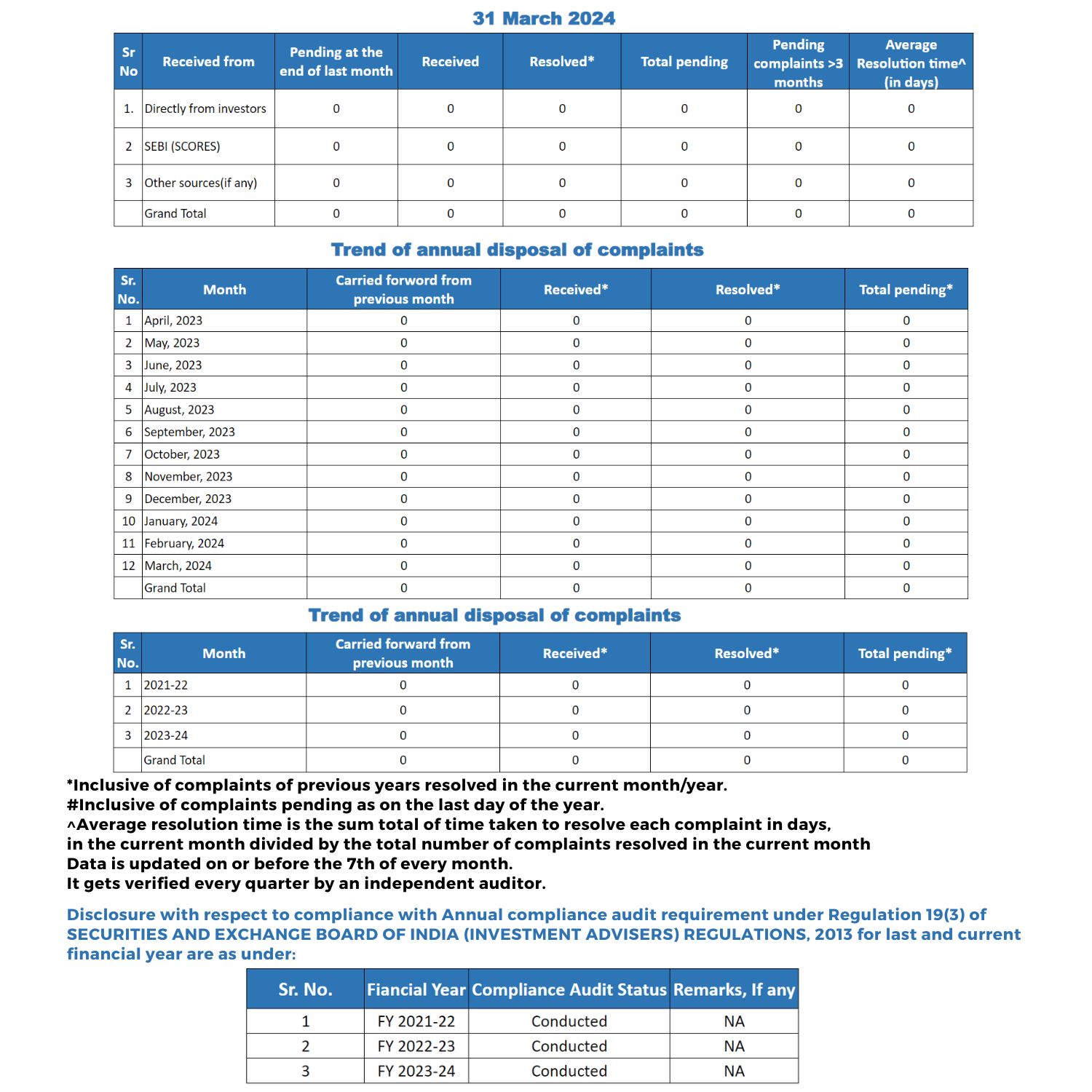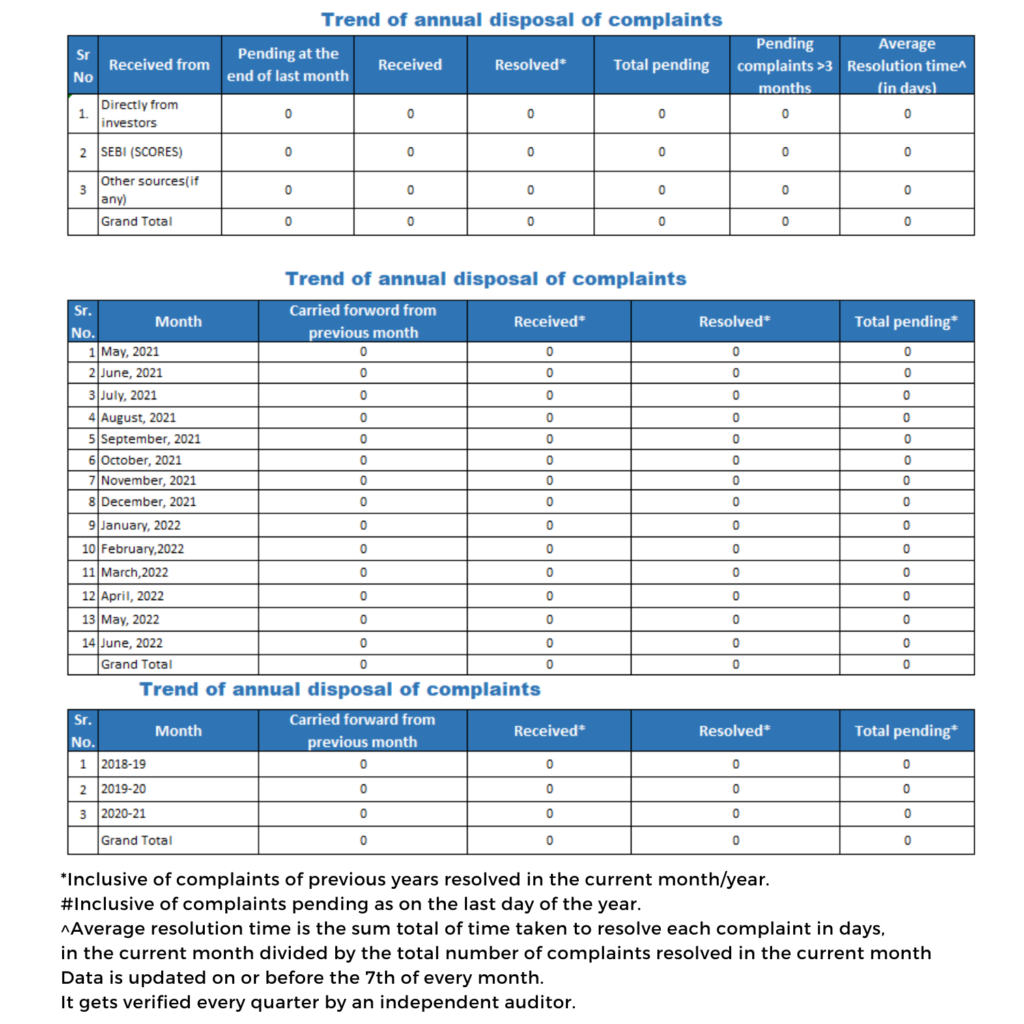
What is the rich people’s investment strategy?
The nutshell of investment is how fast doubled your money and, what was the initial investment? A rich Guy before making any investment looks at
Many of us fears to take a decision confidently in career, business or in life. So Why not just make it simple and statistically significant also. Yes you can with some basic common sense and some probabilistic attitude . I am here to explain you the basics of estimation to make your guess significant only by flipping some coins.
Life is a series of random events and Estimation theory is the science figuring out the ‘hypothesis’ that best explains these events. For example you have a 2 coins F and B . F is a fair coin which ahs 50/50 chance if coming up heads or tails. B, on the other hand is a Biased coin which favors 60/40 over tails.


The coins look, feel and weigh exactly the same. There’s no physical test than can tell them apart. Now I give you one of the coins. Your job is to find out which coin I’ve given you. Is it F or is it B? If you toss the coin 10 time and you get heads 6 times and tails other 4 times. Does that automatically mean that you have biased coin (B)?
Not necessarily. After all, the fair coin (F) can also give you 6 heads and 4 tails.
But if you think about it, likelihood of B giving you 6 heads and 4 tails is higher than the likelihood of F giving you the same 6 heads and 4 tails. B has a ~25.1% chance of giving you this outcome. F only has ~20.5% chance of giving you this outcome.
So we have:
The Facts: 6 Heads, 4 tails
Hypothesis 1: You got the biased coin B
Hypothesis 2: You got the fair coin F
Clearly, both hypothesis can explain facts. But Hypothesis 1 is a slightly better explanation than Hypothesis 2.

What if you tossed the coin 100 times, and got 62 heads, 38 tails? Not exactly 60/40, but close. Now it turns out-you can be even more confident that you have the biased coin. Because the biased coin has much greater probability of giving you 62 heads and 38 tails com pair to fair coin. The ratio of the two probabilities is about 17 to 1.
What if you tossed the coin 1000 times, and got 592 heads, 408 tails? Now you can be super confident that you have the biased coin. The ratio of the two probabilities is about 21.7 to 1.


So, the more data you gather(here, each coin toss is a data point), the more confident you can be that you’re picking right hypothesis. This seems more intuitive—more data, higher confidence. And indeed, it’s an important result in estimation theory.

The strategy we’ve followed so far is called Maximum Likelihood estimator (MLE).We start with a) some cometing hypothesis, and b) an experimental outcome. For each hypothesis, we find the probability that we’d get this outcome if the hypothesis were indeed true.
This way each hypothesis gets a ‘probability score”. Now we simply select the hypothesis with the highest score. In the MLE philosophy that “best” explains the outcome we got.

For example, for our “6 heads and 4 tails” outcome, MLE assigned a score of ~25.1% to the “biased coin” hypothesis and ~20.5% to the the “fair coin” hypothesis. MLE therefore chose “biased coin” as the hypothesis that best explained the observed outcome.
MLE is a pretty good heuristic. Given enough data, it usually picks a reasonable hypothesis. But it has one important drawback. It only looks at how likely the ‘outcome’ is under each hypothesis. It doesn’t consider whether the ‘hypothesis’ itself is likely or not.
So, MLE can end up choosing hypotheses that are highly unlikely to be true. For example, when I had just 2 coins (F and B), MLE reasonably chose B for the “6 heads, 4 tails” outcome. But suppose I had a purse of 1000 coins — with 999 of them fair and exactly 1 biased? Now, is it more likely that you have a fair coin, or that you have the lone biased coin? Notice that MLE doesn’t care ‘how’ the coin got to you — whether it was picked from a set of 2, or a set of 1000. MLE’s logic is still ‘exactly’ the same. A biased coin is more likely to produce “6 heads, 4 tails” than a fair coin. So the biased hypothesis wins.
It doesn’t matter to MLE that the biased hypothesis is a 999-to-1 shot (only 1 out of 1000 coins is biased). MLE will happily conclude that we hit a 1-in-1000 jackpot — based ‘solely’ on the 6/4 outcome. That doesn’t quite sound right! Clearly, we shouldn’t pick the biased hypothesis solely based on the 6/4 ‘outcome’. We should also consider the 999/1 ‘prior’ probabilities.
BE considers both the likelihood of the outcome under each hypothesis, and the likelihood of each hypothesis being true in the first place. These likelihoods are multiplied together and that’s the score each hypothesis gets. Then the process is the same as MLE. The hypothesis with the highest score is deemed to be the ‘best’.

For example, with our 999-to-1 prior probabilities favoring fair coins, BE picks “fair” over “biased” for both “6 heads, 4 tails” and “62 heads, 38 tails”. A biased coin is more likely to yield these outcomes, but the fair coins’ 999-to-1 advantage wins out. But for the “592 heads, 408 tails” outcome, BE chooses “biased” over “fair”. That’s because, in this case, a fair coin has such a low chance of producing the observed outcome that even with a 999-to-1 advantage, it loses to the biased coin.
Clearly, BE is superior to MLE. It takes more things into account. Why even bother with MLE then?
Well, for one thing, BE requires knowledge (or estimates) of prior probabilities. This isn’t always possible. Most of the time, we have a coin and we want to find out if it’s fair. We don’t really know where the coin came from. Second, with enough data points, MLE usually reaches the same conclusions as BE. Large sample sizes will eventually overcome even heavily lopsided prior probabilities (like 999-to-1) as we saw with the “592 heads, 408 tails” example.
Imagine that you’re Larry David — the co-creator of Seinfeld and Curb Your Enthusiasm. (Wonderful shows if you haven’t watched them!) Recently, you noticed a couple instances where the weatherman predicted rain, but the skies were clear.
On one such occasion, you saw the weatherman playing golf. Because he had predicted rain, everyone else had cancelled their golf plans. And so, the weatherman and his buddies had the whole course to themselves! So, you have a sneaking suspicion that the weatherman is deliberately calling rain on sunny days — so he can hit the empty links with his friends. This is your hypothesis.
Well, you can use estimation theory to test this hypothesis!
Let’s say about 80% of the days are sunny where you live, and 20% are rainy. And let’s say ‘unmanipulated’ weather forecasts have a 90% accuracy. That is, if a day is sunny, the forecast will predict sun 90% of the time and rain the other 10%. And vice-versa for rainy days.
So, if the weatherman is being honest, your data points will come from the distribution below. For example, ~72% of the time, you’ll get a sunny forecast and a sunny day. About 8% of the time, the forecast will call for rain but it’ll actually be a sunny day. And so on.

But what if the weatherman is deliberately calling rain on (expected) sunny days — as you suspect? The weatherman can’t call rain on all such days — or he’ll quickly be caught. So let’s say he calls rain on expected sunny days about 25% of the time.
Here’s an Algebraic Decision Diagram showing the various possible outcomes and their probabilities — assuming the weatherman is lying. The numbers on each branch and in the terminal nodes are cumulative probabilities. (S_F, R_A) means (sunny forecast, rainy day) and so on.

And here’s the resulting manipulated probability distribution. As you can see, the percentage of days forecast to be sunny and also actually sunny drops from 72% to 54%. And so on.

So, all you need to do is keep records of what was forecast and what actually happened. Over time, you’ll be able to determine with high confidence whether the weatherman is lying. For example, suppose you keep records for 30 days, and observe the following:

From this data, MLE predicts that the weatherman is lying (see probability calculations below) — but not with any great degree of confidence. The ratio of probabilities is only ~1.32 to 1.
So you need more data. Let’s say you keep records for 365 days. Now, it’s virtually a slam dunk. MLE can predict with very high confidence that the weatherman is lying. The ratio of probabilities is about 12.77 trillion! That’s pretty, pretty, pretty, pretty certain.


Think probabilistically, and be willing to challenge your own hypotheses. When new data arrives, ask yourself: if my opinion is right, what are the chances of this outcome? And if I’m wrong, what are the chances then? That’s the essence of estimation theory.
This is especially relevant to investing and analyzing companies. Often, companies don’t report the numbers we really want — owner earnings, growth vs maintenance capex, unit economics, etc. We have to tease out these unreported numbers from the reported numbers.
One way out may be to entertain plausible ‘guesses’ regarding the unreported numbers (including their prior probabilities) — and then try to use the tools of estimation theory (MLE, BE, etc.) to zero in on the guesses that best explain the reported numbers.

So, given some hypotheses and some data, estimation theory figures out which hypothesis is most likely to be true. A less quantitative rule is Occam’s Razor: it says that the simplest hypothesis (perhaps the one that makes the fewest assumptions) is usually the right one.
But I prefer to say that the most likely hypothesis is most likely to be the right one. That’s a tautology right there!
Source :
1/
— 10-K Diver (@10kdiver) November 14, 2020
Get a cup of coffee.
In this thread, I'll help you understand the basics of Estimation Theory. pic.twitter.com/vgMNPkVHrW


Btech in Information Technology followed by an PG in Financial engineering & Risk Management from National Institute of Securities Markets. Certified Investment Advisor XB, FRM (USGARP) .

The nutshell of investment is how fast doubled your money and, what was the initial investment? A rich Guy before making any investment looks at

Introduction Let me give it straight to you. Today is October 2022. Wipro is 40% down from its all time high. I am going to

Inflation going up forces banks to raise interest rates. Higher interest rates causes bond prices to fall.But inflation was never an issue since past 30

It is not hidden from anyone that the IT sector is one of the most crucial sectors of the Indian industry as well as one
Post expense ratio and churning, Mutual Fund cannot achieve your financial goal.
60% of entire Mutual Fund Industry money is invested in just top 9 Nifty stocks. 10% goes to HDFC twins.
MF Direct Plan against expensive regular way
We are Zero Fixed fee. Buying Direct equity is close to zero cost nowadays. You can mimic MF via equity, for free.
50 Lakhs to Portfolio Management Service (PMS)
No minimum Balance with us. We can mimic the best PMS in market.
Giving Power of Attorney (POA) to anyone
Execute Yourself. We just provide you with advise and guidelines. No POA involved.
Every person is different. Let us not dis-respect your hard earned money with senseless automation.
We personalise our service for you.
We guide you via email. You can get the investment executed form your broker.
We do not touch your capital.


Moneydhan Investment Advisory India LLP
SEBI Registered Investment Advisers Registration No. INA200016193 (Type of Registration- Non-Individual, Validity of Registration- Perpetual)
7/433, Alumavunchodu, Thankalam, kothamangalam, kochi, Ernakulam, KERALA, INDIA – 686691
Contact No: 91 8480005564,
Email: sujith@moneydhan.com
Principal Officer: Mr. Hardeep Shantaram Korde, Contact No: 91 8480005564, Email: moneydhanadvisor@gmail.com
Warning: Investments in the securities market are subjected to market risks. Read all the related documents carefully before investing.
Disclaimer: Registration granted by SEBI, membership of BASL (in case of IAs) and certification from NISM in no way guarantee performance of the intermediary or provide any assurance of returns to investors. The securities quoted are for illustration only and are not recommendatory.

